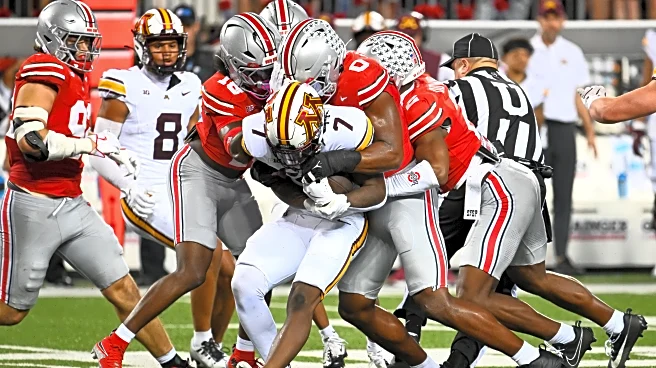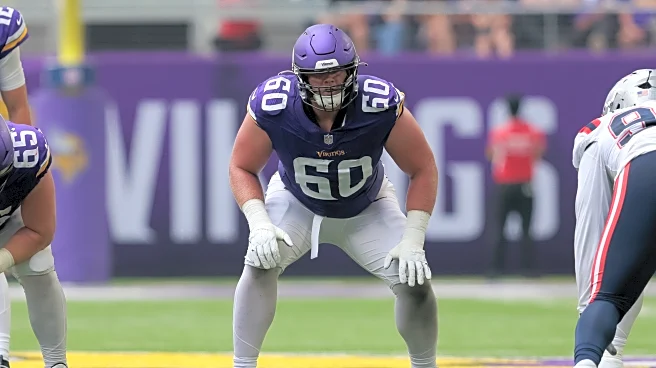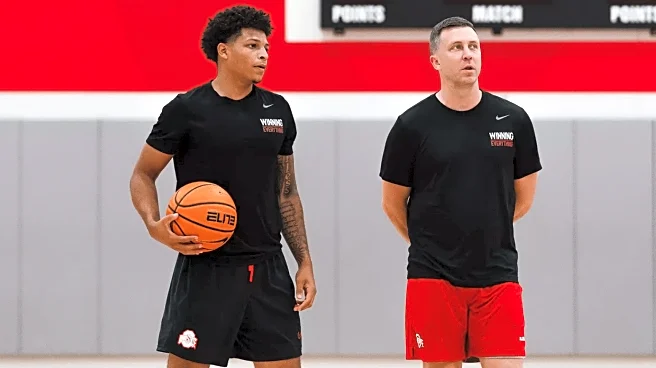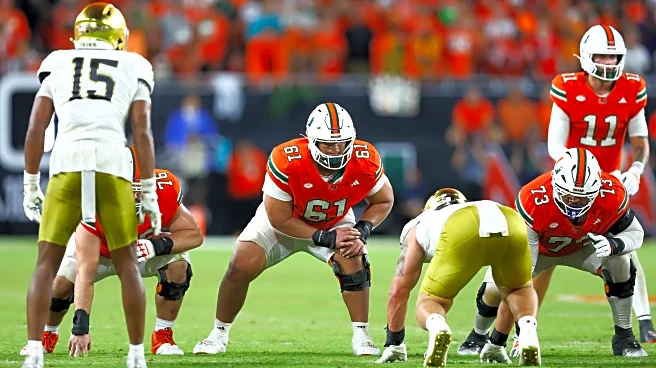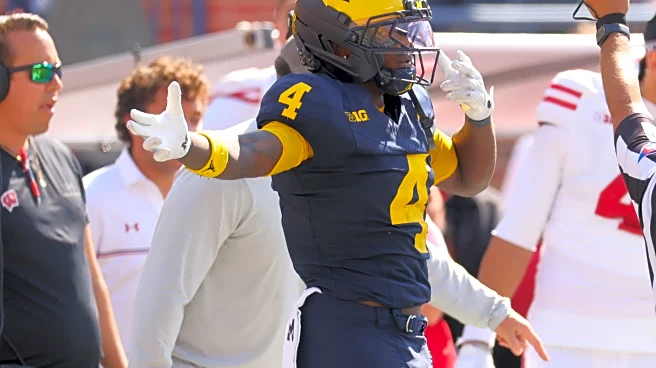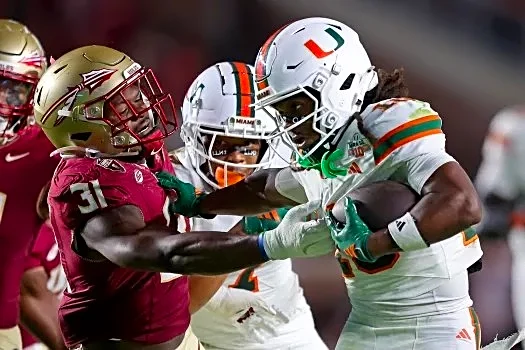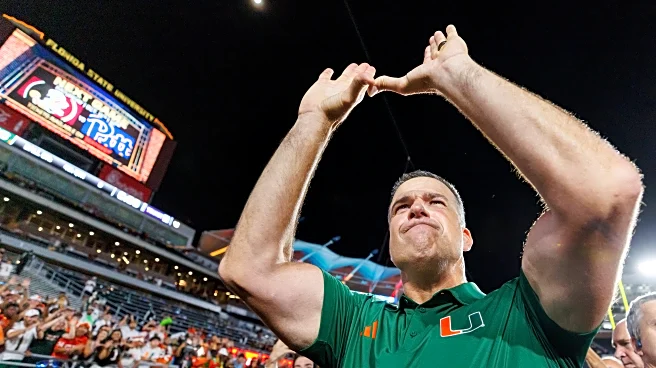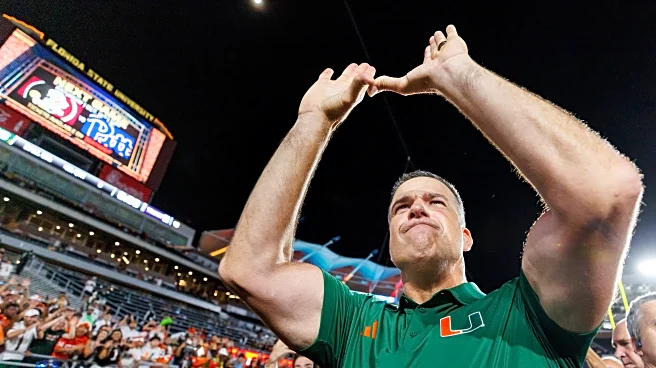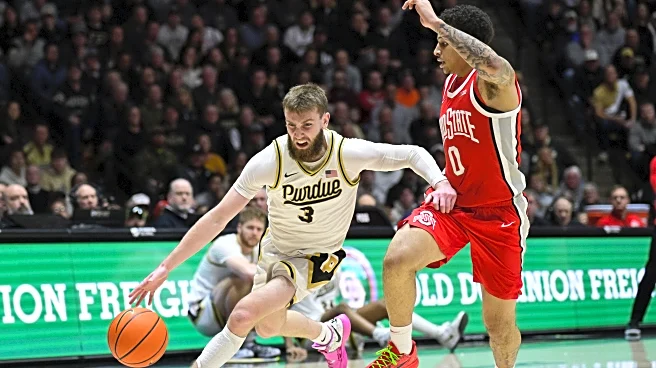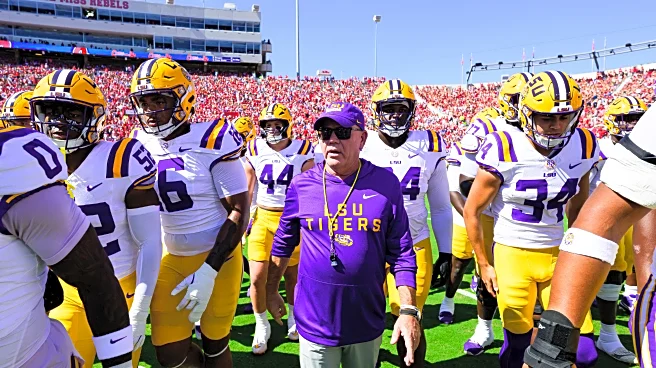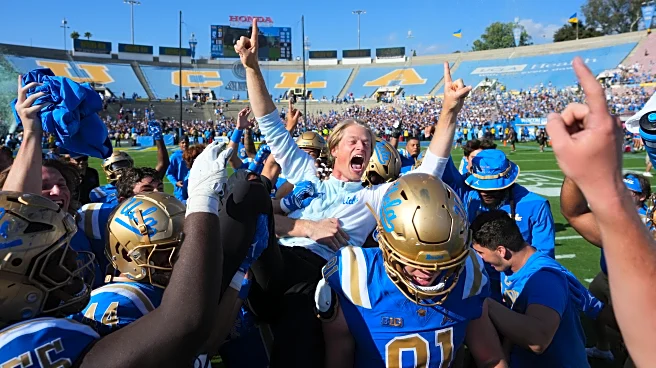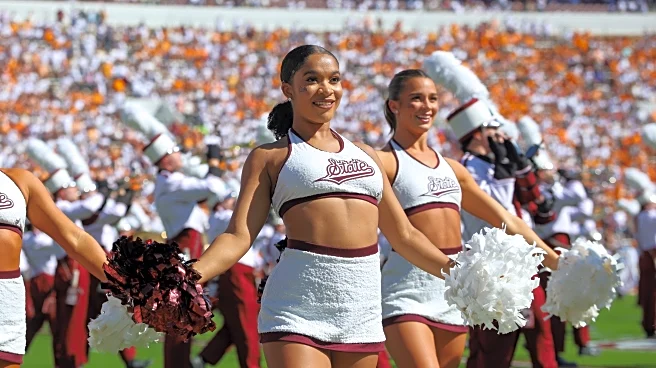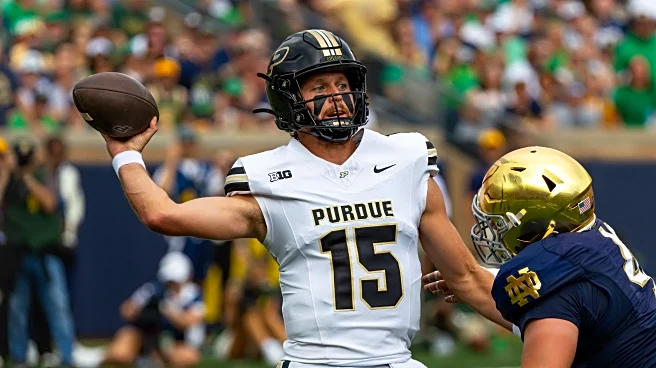In just a week’s time, it is funny how much your perspective can change. A week ago, we were coming off a come-from-behind win over a middle-of-the-pack Big Ten team. It was a nice win; it was encouraging to see some of the younger core starting to come into their own. And then…
We went to Ohio State.
And Saturday night’s game on primetime was a big-time reminder that in today’s world of college football, there is a significant gap between some college football programs and other. Even ones who compete
in the same conference. This was a brutal reminder of just how far that gap can be.
Nobody expected a win, but I think there was hope that the Gophers would put up a fight.
And they did, for one drive. The offense took the opening kickoff deep into Ohio State territory before having to settle for a field goal. And the defense followed that up by stopping the Buckeyes, forcing a 53-yard field goal attempt that was missed.
And that is where the hope for a fight ended. The game ended as a 42-3 loss where Minnesota managed just 94 yards after that opening drive and the Buckeyes were getting reps for their second string for most (if not all) of the second half.
Again, nobody expected a win in Columbus. But the perspective today is that this was a reminder that college football (and basketball for that matter) is broken for the majority of those participating.
There is a short list of programs that have the combination of resources, clout and resources that they are able to field teams on a different level than the rest. To a degree, this has always been the case. Alabama, Georgia, Ohio State, Michigan, etc have always been operating with a different set of resources; typically from boosters. Some programs have skirted the rules successfully while others have tried to win within the framework of the NCAA.
But this gap between the helmet schools and the rest of the Power five/four teams is widening.
Minnesota is having an unprecedented run of players drafted. They are one of just a handful of programs that have had a 1st or 2nd round draft pick in six consecutive drafts. They had three players drafted last year, and there are roughly 20 former Gophers on current NFL 53-man rosters. Historically, those are impressive feats for the Gopher football program.
Then you look at Ohio State. They had 14 players drafted last year alone! There are approximately 57 former Buckeyes on NFL rosters. And let’s not forget that they are the current College Football National Champions.
This isn’t just about the Buckeyes. Georgia had 13 players drafted, Texas had a dozen and Oregon had 10. Alabama, Florida and Michigan all had seven players drafted. And most of these teams mentioned have replaced significant chunks of their rosters and are contenders for the national championship again this year (sorry, Texas). Easy to replace NFL talent with more NFL talent when you have huge pools of cash available to pay millions of dollars for players in the transfer portal and to elite high school prospects.
The problem isn’t that this is a new phenomenon. The problem is that the gap is widening, there is absolutely no oversight, no fair rules for all involved in the sport and nobody who could do anything about it if there were. And frankly, there is zero incentive for those who are holding all of the power to do anything about it.
Having seemingly endless pools of money and the name recognition to attract elite talent isn’t the ONLY thing that matters. Penn State, Clemson and Texas are great examples of still finding ways to be just “good” when you have rosters full of NFL-caliber players. And on the flip side, once in a while, you get teams like Indiana who find a way to crash the party. And they may even show some signs of sustainability. But they are the exception. And the minute another school is able to convince Curt Cignetti to leave Bloomington, the Hoosiers will fall back to the pack in a hurry. And the fall may be hard to recover from.
My issue with all of these recent changes in the sport isn’t a longing for the old days. It also isn’t complaining that last Saturday night’s game was so unfair. For now, it is what it is. But one of two things needs to happen.
Either the current collection of Power Four conferences needs to adopt rules around NIL, the playoffs and transfers that make this an even playing field for everyone. But, as I stated before, there is no incentive for this to become a reality. Ohio State, Oregon and Michigan have no incentive to adopt rules that limit NIL. They thrive when the sport requires them to accumulate the most talent because they have the biggest pools of money and then figure out who is good enough to stick around. If they have to be more judicious with their resources, identify the right talent and then prove they are better at coaching than other programs…they might not win as much. They might still win, but why would they want to find out? They have no incentive to move in this direction.
Or, people need to adjust and not hold all teams to the same standard and expectations. This is the Formula One model, where there is an open acknowledgment that some teams operate at a different level than others. And this is why you’ll see some teams popping champagne when they finish in 8th place, and others who are firing people over a 6th place finish.
Williams Racing has 9 constructors’ championships to its name and formerly dominated the sport. But over the previous 7 seasons, they have averaged 12 points per season, 84 total. This year they are sitting in 5th place, with 102 points and they could not be any happier. People will get raises, other teams will poach their people, over a 5th place finish! Why are they feeling at the top of the world while sitting in the middle of the standings? Because they know they are playing in a rigged system and getting any higher will require some luck and a LOT more work. They are arguably having the best season of any team on the grid, but they will finish no higher than 5th out of 10.
TMP feels strongly that PJ Fleck has done an elite job of navigating this era of NIL and the transfer portal. Over the past two or three seasons, he has been adept at retaining nearly all of the key players on his own roster and supplemented with players who have contributed from other schools. As mentioned, the number of Gophers making it to the NFL has increased dramatically. But this program is still a midfield team in the Big Ten.
This will not change until there are some actual changes made in college football. Rules implemented that aim at making it an even playing field, with consequences for breaking these rules. Until then, there will be the elite schools and the regular Big Ten. Competing with the big spenders isn’t impossible, it is just REALLY hard.
The Gophers, like Williams, are competing in the midfield. Finishing as high up the Big Ten standings as possible is the goal. Beating Rutgers was good, taking care of Purdue at home will also be moving in the right direction. It would be nice to this team continue to get better and maybe put up a bit more of a fight when they head to Eugene, Oregon; but it isn’t necessary. The real challenges will be Nebraska and Iowa in the coming weeks.
Finish atop the regular Big Ten.
